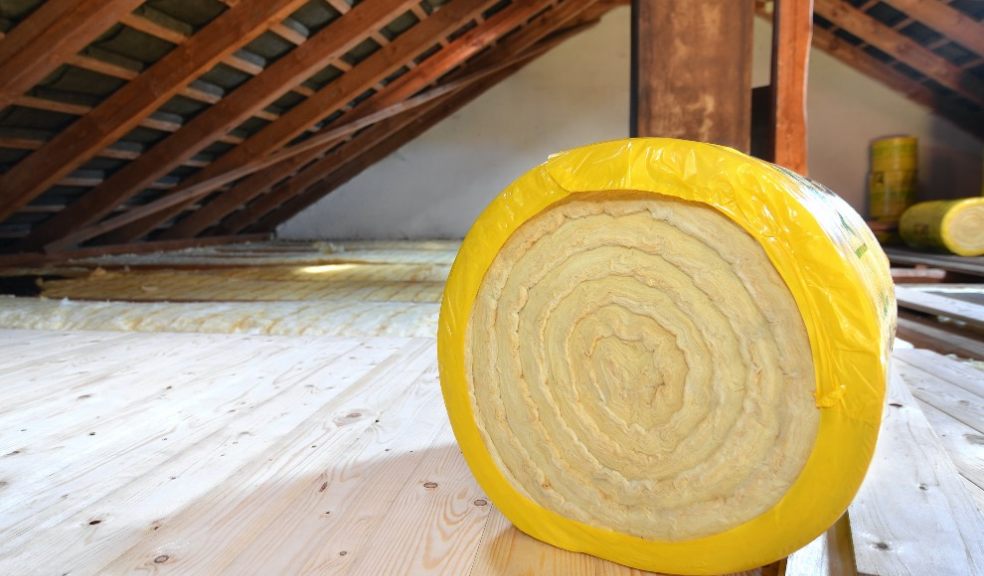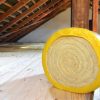
How to keep your home free from damp and mould
The UK enjoys higher than average rainfall, which helps to contribute to the lush green countryside and leafy suburbs that we all know and love. But this extra humidity means that UK homes can also be prone to dampness.
When dampness is left untreated, this creates the perfect conditions for mould to develop. And mould can quickly cause damage to walls, ceilings, floors, furniture and possessions.
Thankfully, there are simple steps you can take to stay on top of dampness and keep your home free from mould and mildew. Read on to learn how you can protect your property while also helping to keep it warm, cosy and comfortable.
Improve ventilation
According to Tapco HomeDry, the first step to preventing dampness in your home is to make sure it is well ventilated. Everyday household activities can lead to a buildup of moisture in the air, and this will settle on the coldest surfaces unless your home is well ventilated. Every night, one sleeping person will exhale around half a pint of water in their breath. So, in the morning, it’s important to open up the windows and let this moisture out.
Your bathroom and kitchen will also generate a lot of moisture in your home. Every shower and boiling pot will add more moisture to the air. Extraction fans are the best way to keep air circulating. But if you don’t have these or they aren’t very effective, an open window will be just as effective.
Heat your home evenly
Cold spots in your home can also lead to moisture build up. Moisture in the air will settle on the coldest spots in your home. This is usually external walls, as they are colder than internal walls. Areas around chimneys and vents will also be colder than usual.
To counter this, it’s important to evenly heat your home so you can prevent cold spots. A combination of good ventilation and even heating should eliminate dampness from your home.
It’s common for individuals to switch off their heating in unused rooms and only heat the rooms they are using. While this can be an excellent way to cut down on energy consumption, it could lead to dampness in unoccupied rooms. If you decide to do this, make sure you ventilate these rooms often to prevent moisture buildup.
Insulate and draught proof your home
Your home needs to be well insulated to help protect it from dampness. Poor insulation and draughts in your home will make it more difficult to keep it warm, which can lead to a build up of moisture. A damp proof course is essential for protecting your home from rising damp, but this can fail over time. Mould and damp is often a sign that you have an issue with your insulation, and this can lead to rising damp. Rising damp is different to condensation damp, as it infiltrates your home through your foundations.
You should also check that floorboards, doorways and windows are all properly draught proofed. Draughts in your home will make it more difficult to keep it warm, which will increase your utility costs while also making your home much less comfortable to live in.
Identify cold spots
Throughout the coldest months, try moving your furniture so that large items are moved away from cold spots. Cold spots are typically found on external walls, near windows, near fireplaces and around doors.
These spots will be prone to dampness, and the issue may be worse if there are large items in furniture in front of them. By moving furniture around in the winter months, you’ll reduce the chances of these spots becoming colder and allowing damp to build up.
Key takeaway
Damp and mould are unavoidable issues in the UK, but there are plenty of steps you can take to avoid them. Start by identifying cold spots in your home and make sure these are well-exposed in the coldest months. Next, make sure you ventilate your home to avoid the buildup of moisture which can lead to dampness. You should also check that your home is well insulated, as rising damp can also cause issues. This might occur if your damp proof course (DPC) has failed.

















